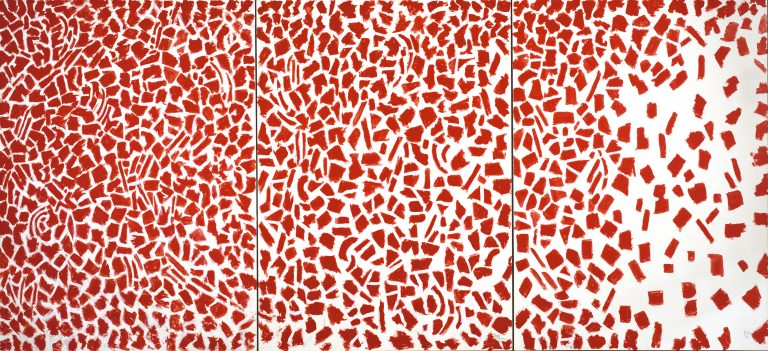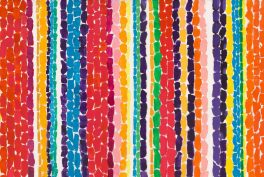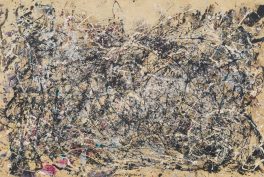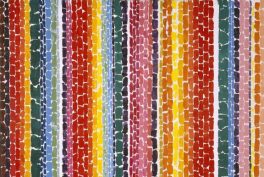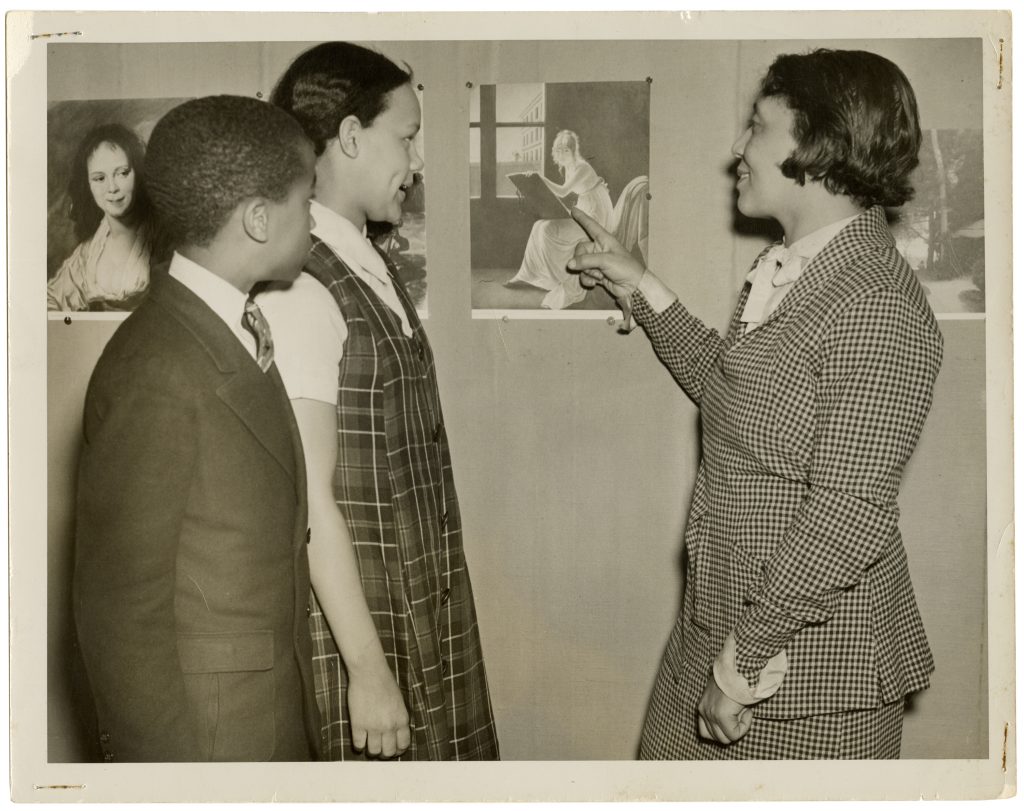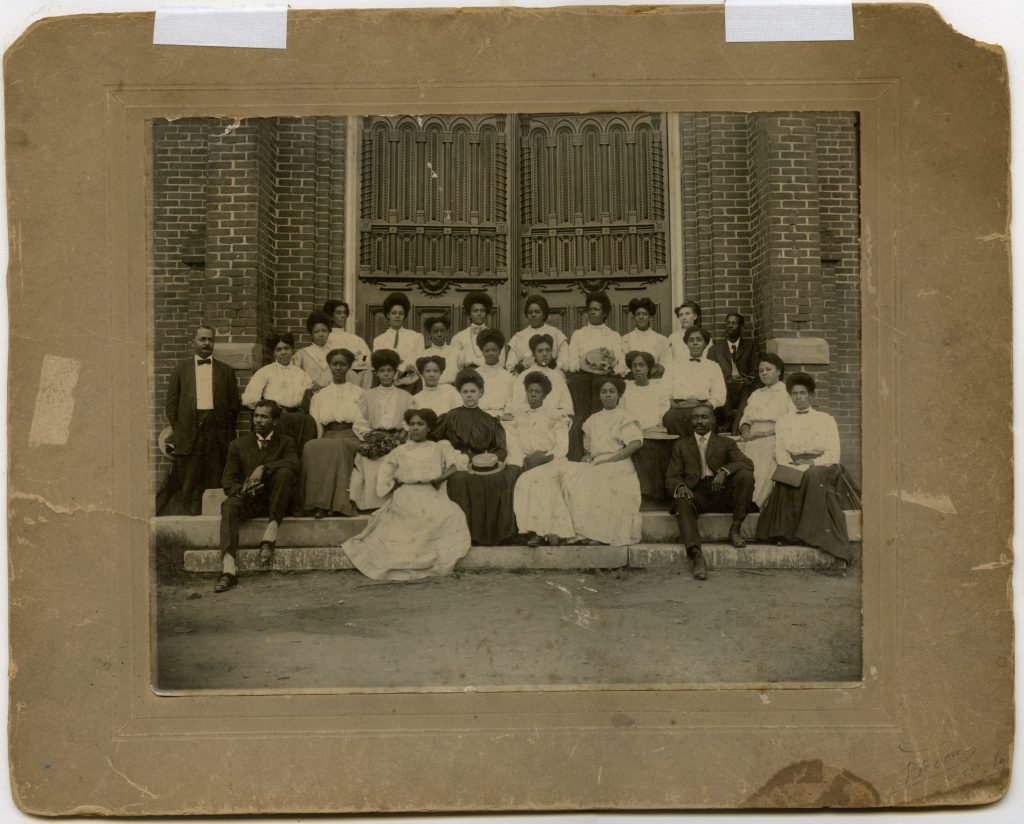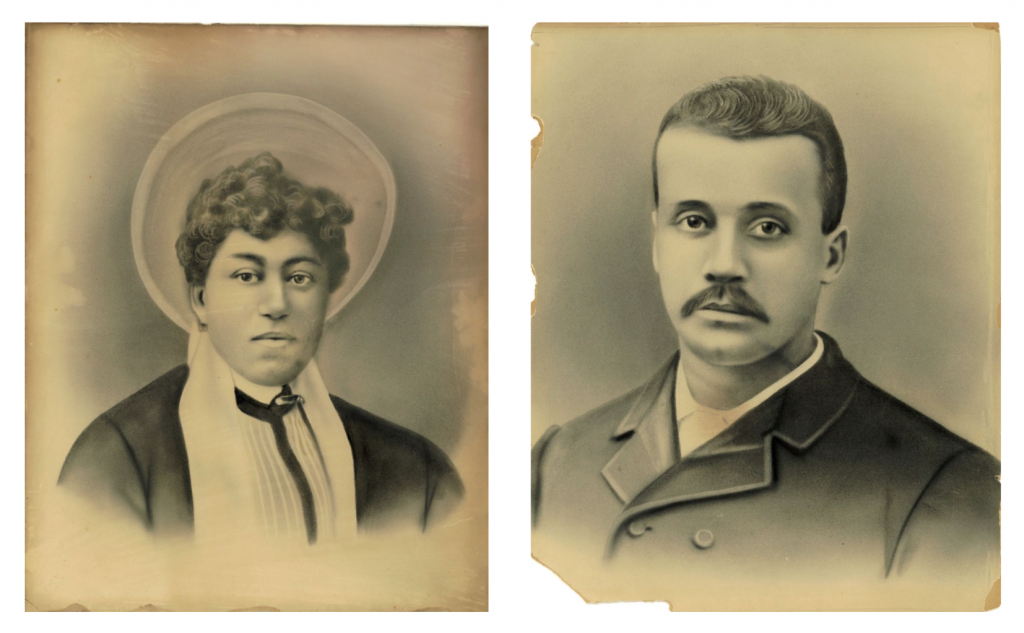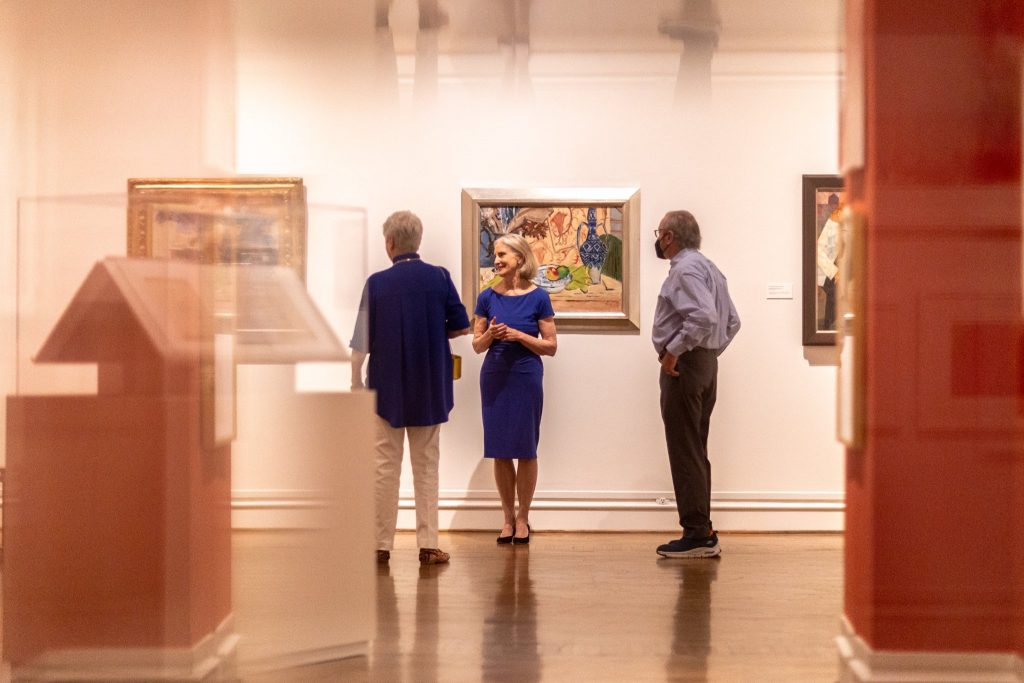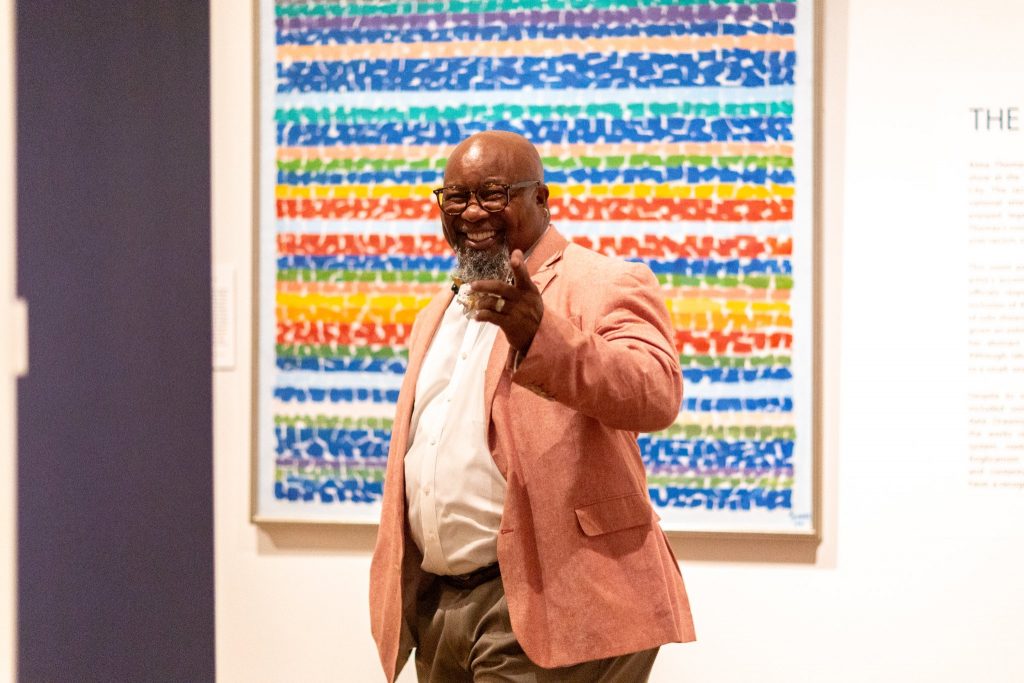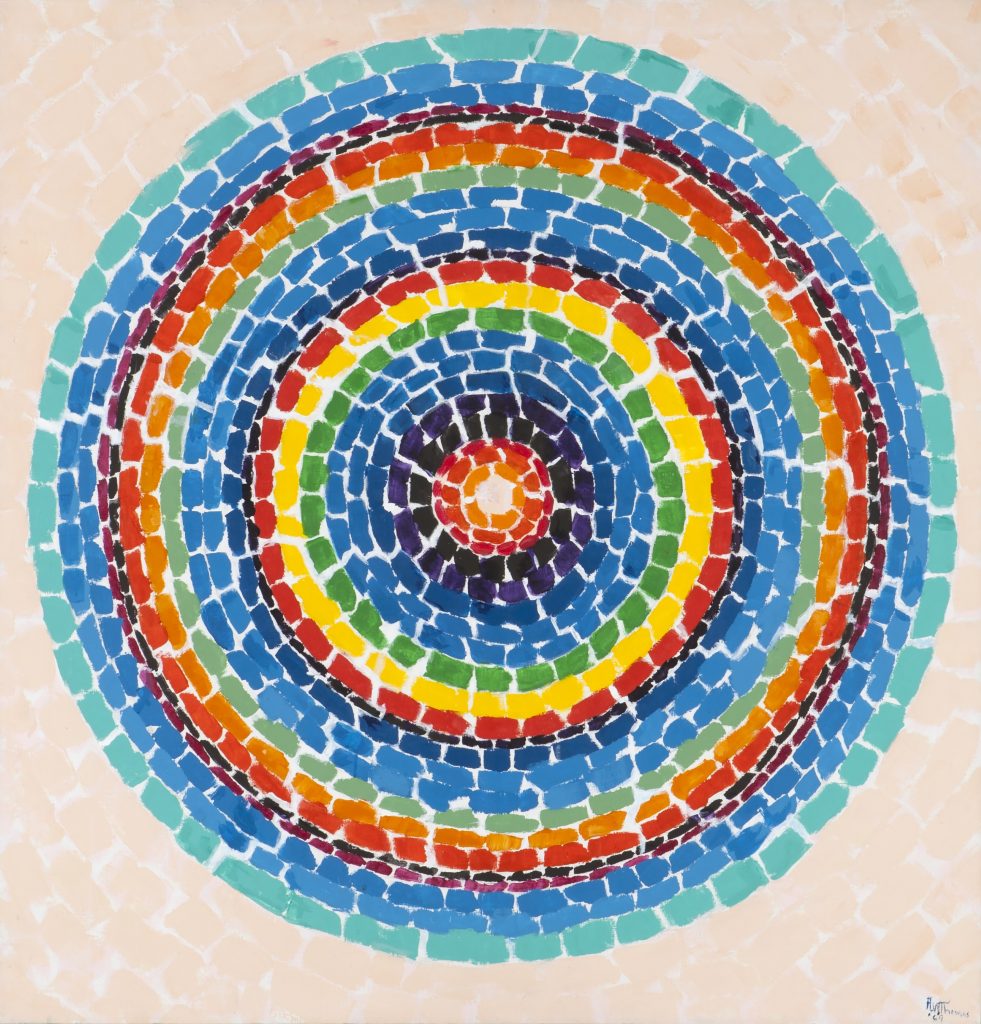In times of great change, we need positive role models to look up to and be inspired by. Alma Thomas, with her extraordinary life and career, tireless work, and dedication is definitely one of those models. Throughout the years, Thomas achieved important milestones not just for her, but for both women and African-American artists. And with the two exhibitions on view at The Columbus Museum in 2022, we can now dive deeper into her personal life and upbringing and how these influenced her mature work.
Born in 1891 in Columbus, Georgia, Thomas worked for over 30 years as an art teacher, before becoming a full-time professional artist after her retirement. Much has been said about her post-retirement career and the artist is famous for her signature style, associated alternatively with the Washington Color School or Abstract Expressionism. Yet, her early life is just as interesting as her late-career and a fundamental pillar in her personal development. Now the exhibition Sand Unshaken: The Origin Story of Alma Thomas, on view at The Columbus Museum until October 2, 2022, will help to weave the story of Thomas’ remarkable life in Columbus.
The oldest of four daughters, Alma Thomas, was born in a stimulating and open environment. Her father was a businessman and her mother a dressmaker, and the Thomas family was an integral part of the local Black middle-class community. Despite their position, the family had to face the racial discrimination that affected all African Americans in the Deep South during Jim Crow, which eventually led the family to relocate to Washington, DC, in 1907, to allow Thomas and her sisters to attend better schools.
However, the formative years in Columbus left a permanent trace on Thomas. For example, Thomas’ grandfather owned an expansive farm in the region and the juxtaposition of flower gardens and industrial landscapes near her home nurtured the young artist’s fascination with color. Her parents’ entrepreneurship and success as an in-demand dressmaker and Columbus’s first Black bar owner led to an elevated socioeconomic status, exposing the budding artist to civic organizations that helped build an understanding of community.
The exhibition draws from the Thomas family archives in The Columbus Museum’s permanent collection to showcase the Thomas family’s life in Columbus through artifacts and family portraits.
These crayon portraits of John and Amelia Thomas are based on a studio portrait of the couple taken by a Columbus photographer, likely shortly after their wedding in 1888:
The exhibition complements the previous exhibition, Alma W. Thomas: Everything Is Beautiful, a major retrospective of the artist’s late career. Comprising approximately 150 works, including rarely seen theatrical designs and beloved abstract paintings, the exhibition was presented in Norfolk, Washington, DC, and Nashville, before arriving at The Columbus Museum for a final stop.
The two exhibitions together offer an incredible insight into Alma Thomas’ life, career, and legacy. Thomas, who became a full-time, professional artist only in 1960 at the age of 69, quickly became a respected painter, leading to her first retrospective exhibit in 1966 at the Gallery of Art at Howard University. Later on, at the age of 81, she went on to become the first African-American woman to have a solo exhibition at the Whitney Museum of American Art. Nowadays, her work can be found in major collections, such as MoMA, The Metropolitan Museum of Art, and the White House, where her painting Resurrection (1966) was the first artwork by an African-American woman to enter the permanent collection.
The life of Alma Thomas was nothing short of incredible. She went against any common belief or practice: she never got married and lived her entire life in the same house her father purchased in 1907, making it her home as well as her workshop. She rose to fame at an old age, and although she spent all her life preparing, studying, and immersing herself in art, she was often criticized for embracing abstraction as opposed to the figurative and more symbolic painting that other African-American artists used at the time to denounce racial injustice and discrimination. Yet, her example, fiercely free and uncompromized, shines brighter than ever today.
About the Columbus Museum
Founded in 1953, The Columbus Museum is one of the largest museums in the Southeast and is unique for its dual concentration on American art and regional history, displayed in its permanent collection, temporary exhibitions, and educational programs. The Museum strives to be a cultural leader, distinguishing itself through an approach that engages visitors, stimulates creativity, inspires critical thinking, sparks conversations, and brings art and history to life.
About the Exhibitions
Alma W. Thomas: Everything Is Beautiful
July 1–September 25, 2022
Sand Unshaken: The Origin Story of Alma Thomas
May 21–October 2, 2022
